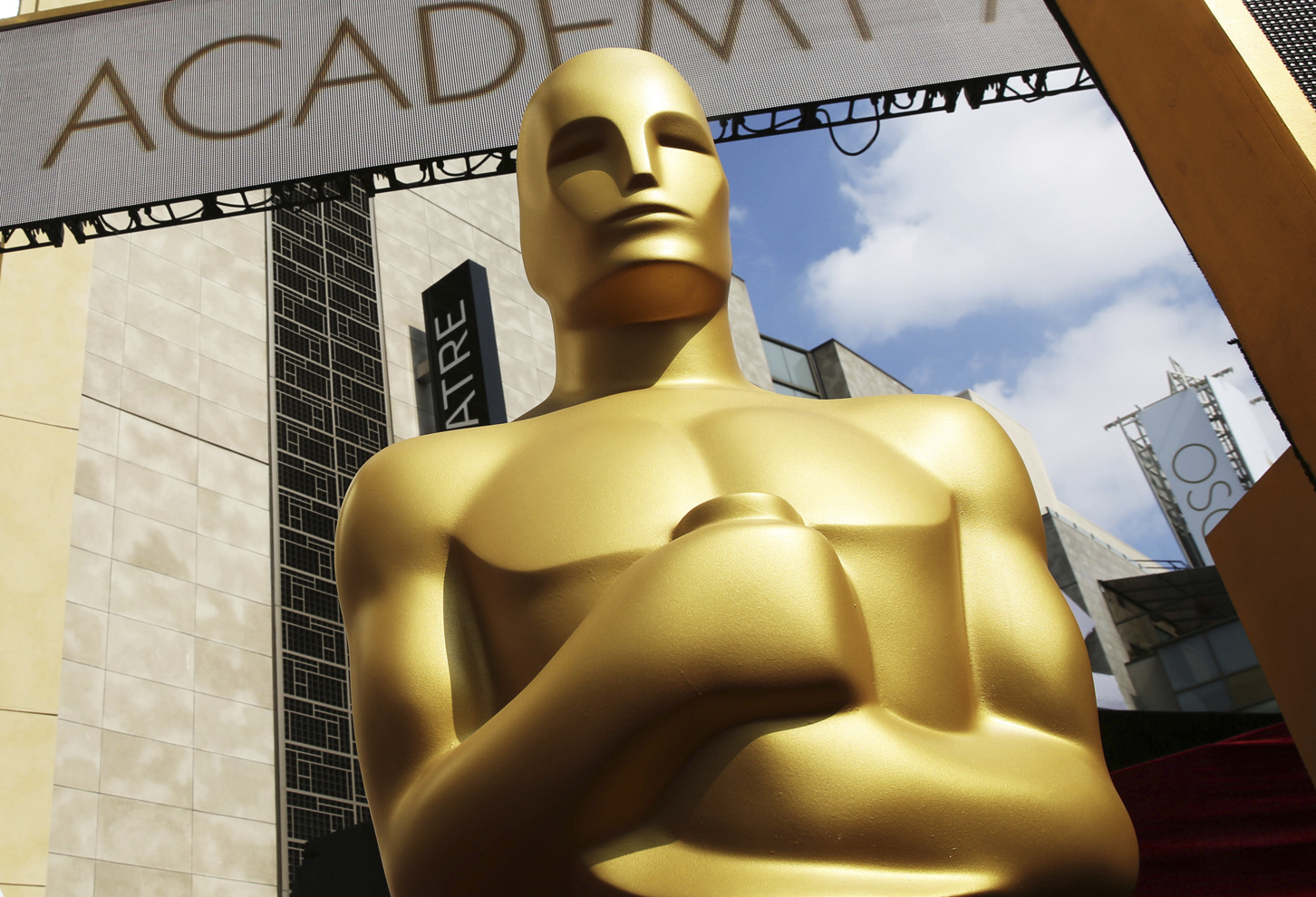The population in Florence is estimated to have increased by about 3,000 people since the 2010 census, according to City of Florence Planning Director Jerry Dudley.
In 2010, the Florence population was 37,056. The increase could be a significant change, if the estimation turns out to be correct.
With more people in the city, officials have been looking into projects to help combat growth and further develop the downtown area. So far, downtown has added new restaurants, retail stores, museums and more.
Heart programs for the McCleod Regional Medical Center are also in the area and have created a need for residential developments.
Florence City Mayor Stephen Wukela believes adding more places for people to stay in will be neccesary as growth continues.
“Recently, we had an apartment complex built downtown. It’s at full occupancy now. There are a variety of developers that are looking at building residential occupancy downtown. It’s really kind of the next natural progression in our downtown development,” Wukela said.
Hunter Arrowood is the Manager at Local Motive in downtown Florence. He said he’s witnessed the growth first-hand.
“It wasn’t really a lot to do downtown but now with some of the new additions with restaurants and hotels, it’s definitely brought more people in,” Arrowood said.
Other area workers hope to see additional upgrades in the future.
“Hopefully as we get these hotels and new residences, we can also get more nightlife and enterainment. I think that’s all we’re missing to be a downtown so to say,” said Terell Ham from Townhouse.
In addition to the new downtown projects, the entire city of Florence will see more residential construction along with improvements in neighborhood parks.
According to Mayor Wukela, the city council recently borrowed 15 million dollars for park improvements.
“All that ties in to the private residential development that’s going on in areas throughout the community outside of the downtown. We want and expect to see that continue. And we also want to see neighborhood redevelopment in those traditional neighborhoods,” he said.









